






| European Robin (Erithacus rubecula (Linnaeus, 1758)) |







|
|
Scientific name: Erithacus rubecula (Linnaeus, 1758) Common name: European Robin French name: Rougegorge familier Order: Passeriformes Family: Turdidae Size: 14 cm, 16 to 22g Habitat: Woodlands, hedgerows, forests, bushes, parks and gardens as well in towns as in the country. Food: The European Robin mainly feeds on insects and small invertebrates. It also feeds on small seeds, fruits and berries. Nesting: Females build the nest on stumps, old walls, inside mailboxes etc… There are 2 to 3 broods per year. Females lay 5 to 7 eggs between April and July. Migration: Sedentary, northern and eastern birds move southwards and westwards during the bad season. Geographic area: All Europe. Temperate Asia western to Siberia. North Africa, the Azores and Madeira. |
European Robins have a round-shaped body. Males and females are similar. The back and the tail are brown. There is a typical red patch on the chest, the underside of the body is white. Juveniles are mottled brown. Robins move with quick small jumps on the ground. They have a very territorial behaviour and chase intruders by showing their red patch. |
| [To know more about the European Robin] [Next picture] [Top] |
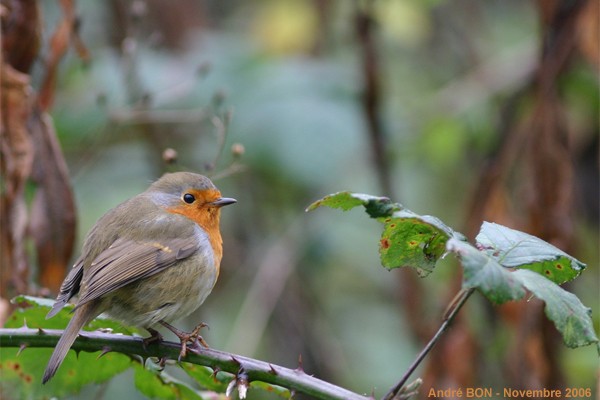
|
Approach has been easy. May be the bramble thorn through its toe is one of the reasons. |
| [To know more about the European Robin] [Next picture] [Previous picture] [Top] |
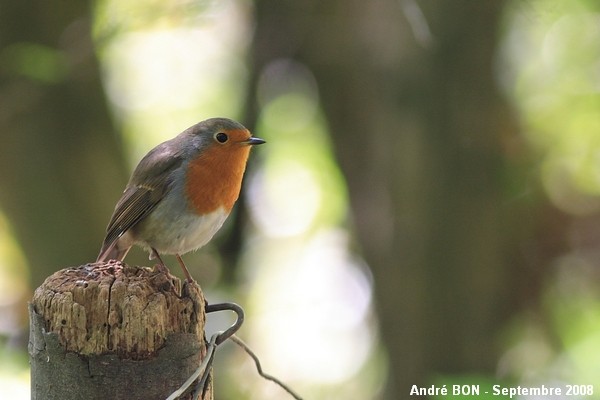
|
We sometimes return back home empty-handed after a photo session. However, there is often a European Robin on our way so that we can satisfy our craving for pressing the shutter button. |
| [To know more about the European Robin] [Next picture] [Previous picture] [Top] |
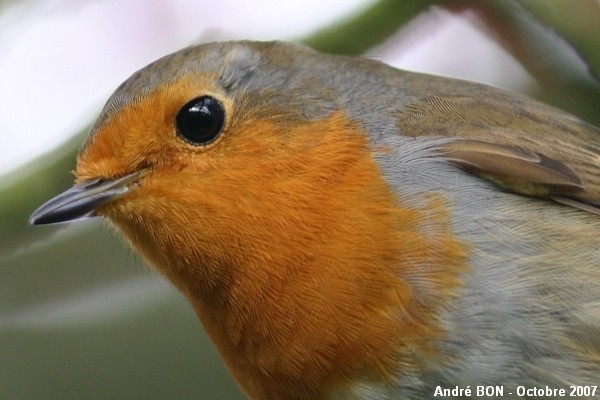
|
As soon as I start to garden, the European Robin approaches in the hope that these gardening activities will unhide some larva to catch. This is a good opportunity to shoot a close-up portrait. |
| [To know more about the European Robin] [Next picture] [Previous picture] [Top] |
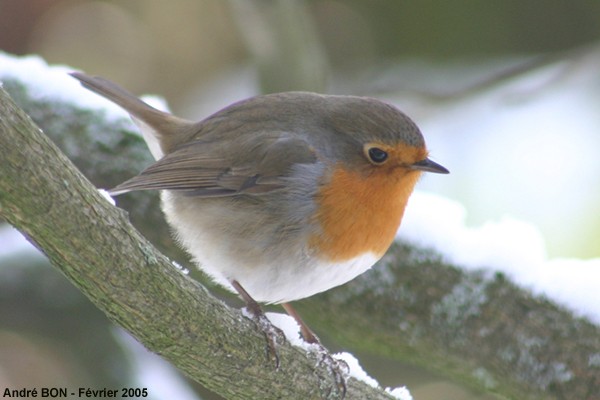
|
The European Robin does not come and land on the hanging fat balls. It lands on the ground to pick what other birds, like Tits, have dropped. |
| [To know more about the European Robin] [Next picture] [Previous picture] [Top] |
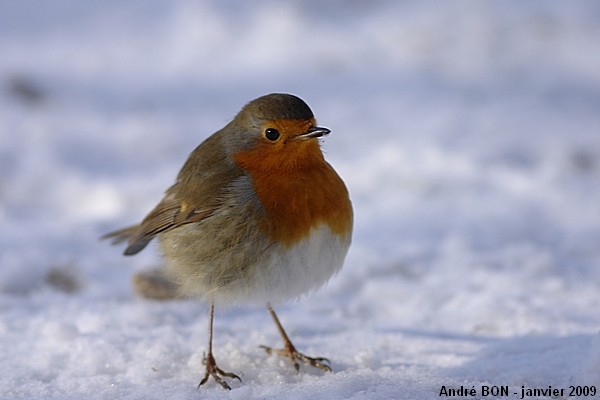
|
Boots are not given. Snow rarely lasts more than 24 hours in the Paris area, but during this 2009 winter we had to wait for several weeks.. |
| [To know more about the European Robin] [Next picture] [Previous picture] [Top] |
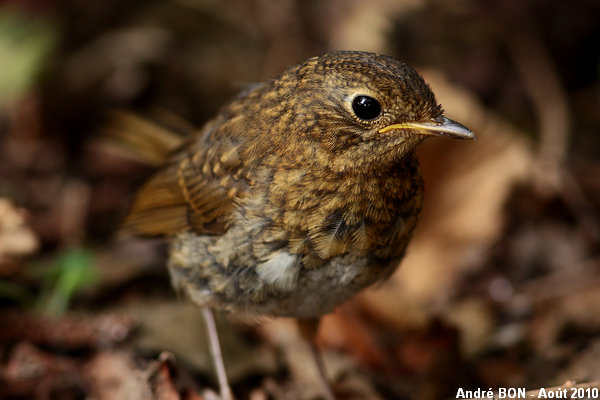
|
Juvenile European Robins do not show the red patch on the chest yet. This one also came next to me while I was gardening. |
| [To know more about the European Robin] [Previous picture] [Top] |
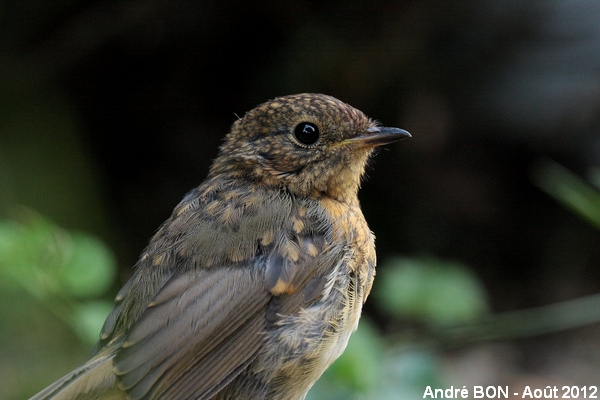
|
Here is another young curious bird interested by gardening activities. This picture was shot with 100mm macro lenses. You can see the reflection of my silhouette in its eye. |